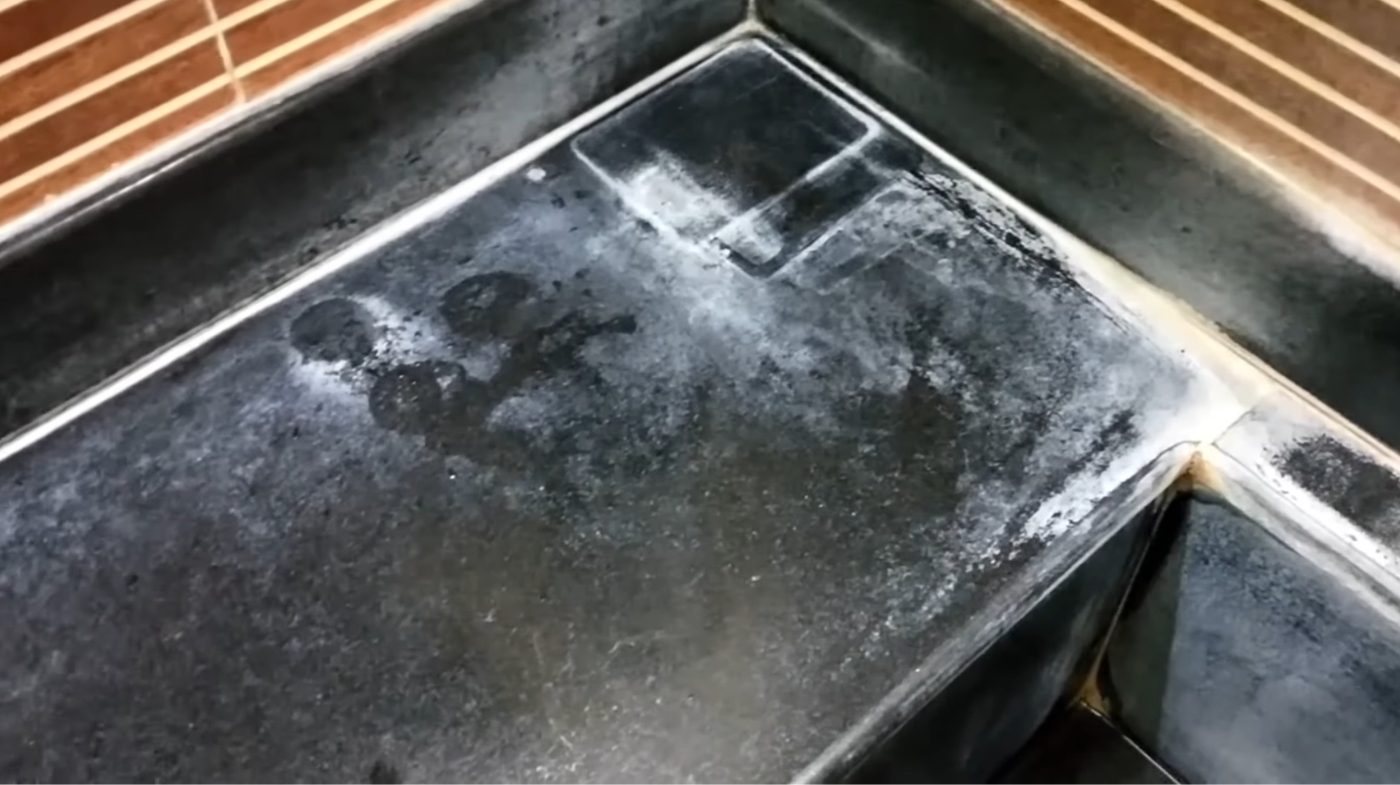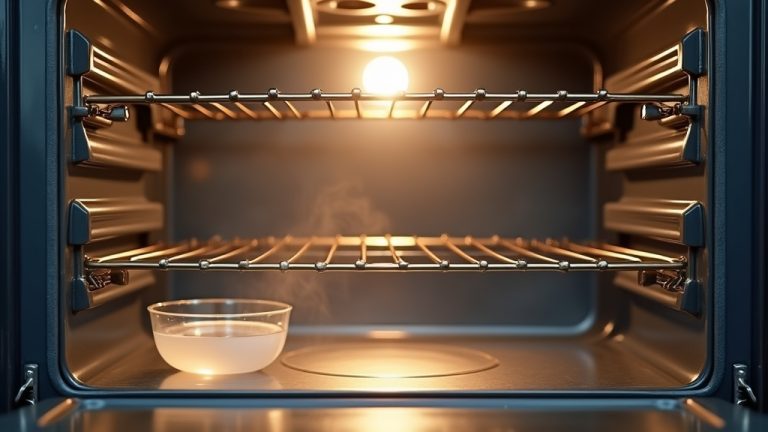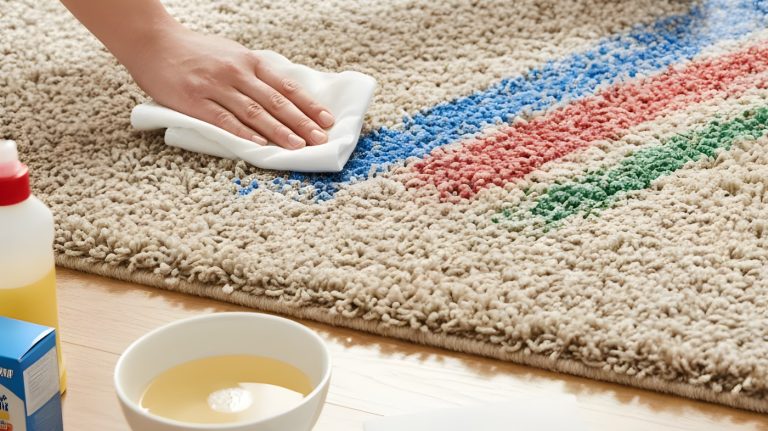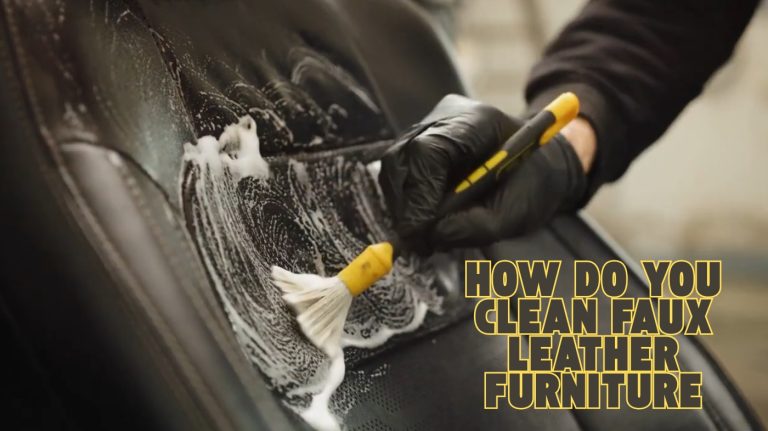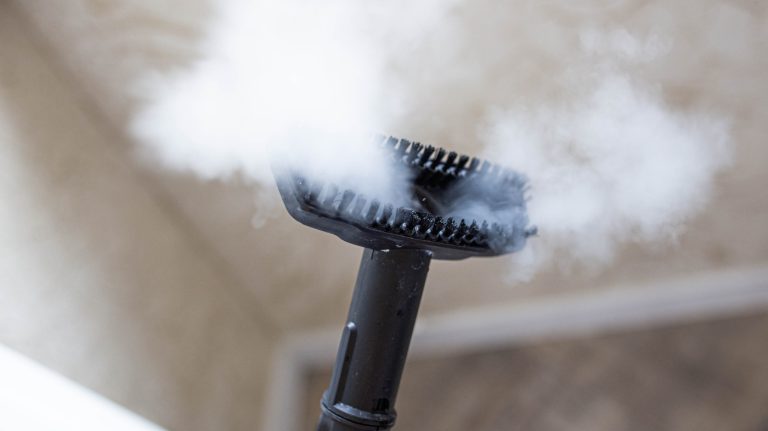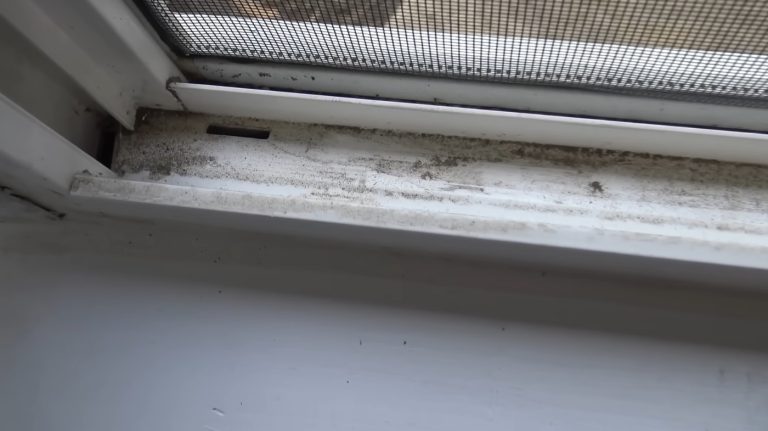How to Remove Limescale from Granite? Easy Solutions
To remove limescale from granite, start by applying a granite-safe cleaner and letting a wet cloth sit on the area for 10-15 minutes to soften deposits.
Then, gently scrape with a non-scratch pad or a single-edge razor blade at a light angle. Avoid acidic or abrasive products to protect your stone.
For deeper mineral buildup, you can use a baking soda poultice to draw out deposits. If you want to tackle limescale more effectively, there are additional strategies you can explore.
Key Takeaways
- Use pH-balanced, stone-safe cleaners to avoid damaging granite while effectively removing limescale deposits.
- Soften heavy limescale by applying a wet cloth for 10-15 minutes before gentle scraping with a non-scratch pad.
- Gently scrape stubborn deposits using a single-edged razor blade or soft nylon brush safe for granite surfaces.
- Apply a baking soda poultice covered with plastic wrap for up to 24 hours to extract deep mineral buildup.
- Prevent buildup by drying surfaces immediately, regularly cleaning with granite-safe products, and sealing granite periodically.
Safe Cleaning Solutions for Limescale Removal
Removing mineral deposits from granite requires careful selection of cleaning methods to protect the stone’s surface.
Use pH-balanced, stone-safe cleaners formulated for granite to avoid etching and damage. Avoid acidic or abrasive agents like vinegar, lemon juice, or steel wool, which degrade sealers and scratch surfaces.
For heavy limescale, apply a wet cloth for 10–15 minutes to soften deposits before gently scraping with a non-scratch pad or razor blade combined with a granite-safe cleaner.
It is important to avoid abrasive cleaning supplies like steel wool or metal brushes, as they can cause scratches and permanent damage to the stone.
| Cleaning Solution | Usage Tip |
|---|---|
| pH-balanced granite cleaner | Use daily for maintenance |
| Non-scratch pads | Gently remove deposits |
| Wet cloth | Soften heavy limescale (10-15 mins) |
| Avoid acidic/abrasives | Prevent surface damage |
Mechanical Techniques to Eliminate Stubborn Deposits
When tough mineral deposits resist gentle cleaning, mechanical techniques offer effective solutions to restore your granite’s surface.
Start by soaking the area with a granite-safe spray to soften limescale. Then, use these methods carefully:
- Gently shave deposits with a single-edged razor blade, applying light pressure to avoid scratches. (It is important to use a single window scraper with a new blade designed specifically for stone surfaces.)
- Scrub with a soft-bristled nylon brush designed for stone to loosen build-up without damaging the sealant.
- Employ non-scratch scrubbing pads labeled safe for granite to tackle stubborn areas.
- Dry the surface after cleaning to prevent new mineral deposits.
- Perform regular light mechanical maintenance to control limescale before it hardens.
Using Poultices for Deep Mineral Extraction
Although mechanical methods work well for surface deposits, poultices offer a deeper approach to extracting mineral buildup from granite.
You apply a moist, pasty mixture—commonly baking soda and water or a specialized product—directly onto the affected area. This method minimizes risk of harm to granite surfaces by avoiding harsh chemicals.
Cover it tightly with plastic wrap and tape, then let it sit for up to 24 hours. This allows the poultice to draw out minerals embedded beneath the surface. Afterward, carefully remove the poultice with gentle wiping or scrubbing to avoid damaging the granite or its sealant.
You might need to repeat this process several times for stubborn limescale. Always test on a small, inconspicuous spot first to verify compatibility. Poultices effectively preserve granite’s finish while targeting deep mineral extraction without harsh abrasives.
Preventing Limescale Buildup on Granite
Since limescale forms from minerals in hard water, you can prevent buildup on granite by controlling moisture and mineral exposure. Immediate spill cleanup and drying surfaces after use stop minerals from settling.
Establish a regular cleaning schedule using pH-balanced cleaners and soft cloths to maintain surface integrity. Applying sealants creates a protective barrier to repel minerals and moisture.
Avoid harsh chemicals and abrasive tools that damage granite, making it more vulnerable to deposits. It is important to test vinegar on granite before use, as some cleaners can cause damage.
To effectively prevent limescale buildup, focus on:
- Wiping granite daily to remove water spots
- Drying areas around faucets promptly
- Using gentle, pH-balanced cleaning agents
- Applying sealant regularly for protection
- Scheduling weekly polishing to maintain shine
Frequently Asked Questions
Can Limescale Damage Granite Countertops Permanently?
Yes, limescale can permanently damage your granite countertops if you don’t address it promptly. The mineral deposits can etch the surface and degrade the protective sealant, leading to dullness and discoloration.
If minerals penetrate the stone’s pores, they may cause staining and weaken the granite itself. To protect your countertops, you need to clean limescale gently and regularly, preventing buildup and preserving the stone’s natural beauty.
How Often Should Granite Countertops Be Resealed?
You should reseal your granite countertops every 1 to 3 years, depending on usage and granite type. High-traffic areas like kitchens may need resealing every 1 to 2 years. If you use a store-bought sealer, expect to reapply within 6 to 12 months.
Factory-applied or advanced polymer sealants last much longer, up to 10-15 years. Always check for wear or perform a water droplet test to decide if resealing is necessary.
Can Limescale Buildup Cause Health Issues in Kitchens?
You shouldn’t worry about limescale itself causing direct health problems since it’s mostly calcium carbonate, which isn’t toxic in small amounts.
However, limescale’s rough surface can harbor bacteria like E.coli and Legionella, increasing contamination risks in your kitchen. This buildup encourages biofilms that resist cleaning and support harmful microbes.
To protect your health, you need to regularly remove limescale and maintain appliance hygiene to prevent bacterial growth.
Effortless Granite Care: Keep Your Surfaces Pristine with Simple Limescale Removal
Removing limescale from granite might seem intimidating, but with safe cleaners and gentle mechanical methods, you protect your stone’s natural beauty rather than damage it.
While stubborn deposits test your patience, poultices offer a deep-cleaning solution that’s effective yet careful.
Balancing thorough removal with prevention guarantees your granite stays pristine without harsh chemicals.
By combining these approaches, you turn a tough task into manageable maintenance, preserving elegance through consistent care.

